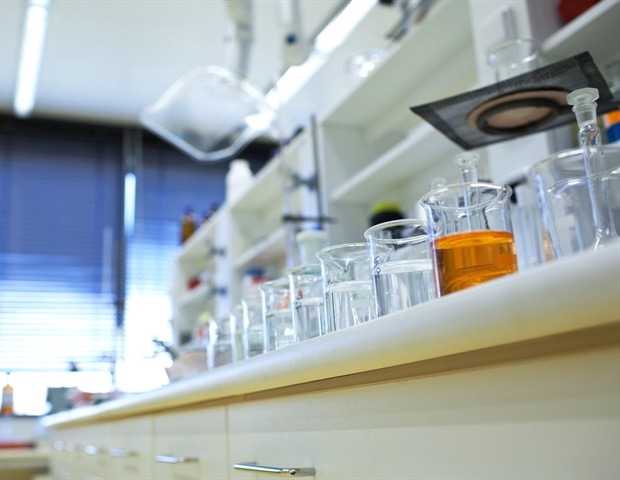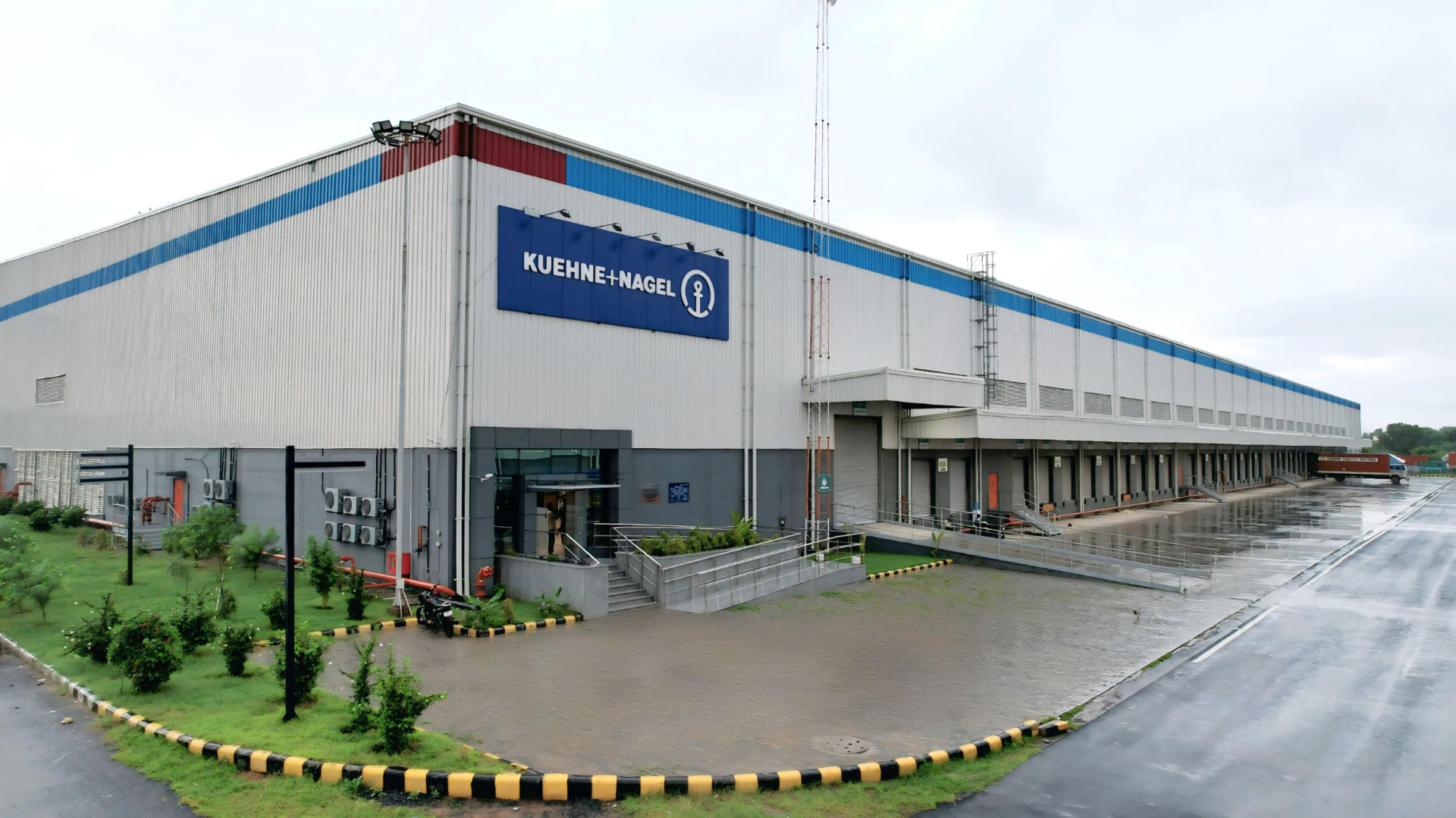His voice is one of the most distinctive in pop history and now the words Freddie Mercury sang are to be given the rock star treatment in a lyric book that will also include unreleased songs and alternative versions of Queen anthems.
A Life in…

His voice is one of the most distinctive in pop history and now the words Freddie Mercury sang are to be given the rock star treatment in a lyric book that will also include unreleased songs and alternative versions of Queen anthems.
A Life in…

The rate of unemployment in Australia is on the rise again. Official labour force data released on Thursday shows that in the month to September, Australia’s seasonally adjusted unemployment rate jumped from 4.3% to 4.5%.
That’s the highest rate since November 2021. The surprise jump strengthens the case for the Reserve Bank of Australia to cut the official cash rate in November.
Back in November last year, the seasonally adjusted rate of unemployment was 3.9%. It has now been above 4% for ten consecutive months, and has only been going in one direction: up.
In its recent decisions, the Reserve Bank’s monetary policy board has jumped at any signs of higher price inflation. But it has retained a favourable outlook on labour market conditions.
In its most recent September decision, the board stated:
labour market conditions have been broadly steady in recent months and remain a little tight.
Such an outlook does not seem an option in light of today’s unemployment numbers.
The Reserve Bank has a full employment mandate to achieve “the maximum level of employment consistent with low and stable inflation”.
The mandate doesn’t put a specific numerical rate on this full employment goal. However, the rate of unemployment is now well above any credible estimate of full employment.
The reason why the rate of unemployment is rising is not hard to spot. Employment growth is slowing.
In 2024, my calculations based on the official labour force data show an average of 32,600 extra people became employed each month, compared with an extra 33,900 looking for work.
With growth in employment and the labour force relatively balanced, the rate of unemployment remained stable.
So far in 2025, each month only an average of 12,900 extra people have moved into employment.
The number of people looking for work has responded to the weaker labour market conditions, also growing less each month than in 2024, by 22,100 on average.
But unemployment is rising because the increase in the number of people looking for work in 2025 has been much bigger than the increase in employment.
No matter which statistic you look at, my analysis of the official labour force data reveals the signs of a weakening labour market are clear to see.
Monthly hours worked grew on average by 0.27% each month in 2024, but only 0.04% so far in 2025.
In 2024, the total stock of jobs rose by 351,600. In the first six months of 2025, it grew by just 44,100.
And the proportion of people who have jobs, but want to work more hours, has increased from 9.9% to 10.4% since the end of 2024.
The reason employment growth is slowing is not what might have been expected – but is even more worrying.
Since about mid-2021, employment growth in Australia has been propped up by a fast pace of job creation in what is known as the non-market sector, which consists of:
That growth has come about as the federal government has pushed for improvements in the quality of government services, and expanded the National Disability Insurance Scheme (NDIS) and childcare services.
It has been expected for some time that eventually, the rate of increase in government spending on services would slow. That would in turn cause growth in non-market employment and total employment to slacken.
However, that is not what has caused the slower employment growth in 2025.
In fact, today’s data release shows that growth in total hours worked in the non-market sector has continued at pretty much the same pace as in previous years.
Instead, the drop-off in total hours worked has been due to employment in the market sector declining.
Private employers are responding to what they see as weaker economic conditions, by reducing the rate at which they are adding new jobs.
This is a further undeniable sign of a weakening labour market.

Givaudan, the global leader in Fragrance & Beauty, is proud to announce the opening of its new White Biotechnology Innovation Centre (BIC) in Toulouse. This state-of-the-art site strengthens Givaudan capabilities, advancing research and development, and accelerating the creation of high-precision beauty ingredients. Positioned within Givaudan’s biotechnology R&D and innovation ecosystem, the site will work in synergy with the other centres in Orsay and in Pomacle.
Givaudan Active Beauty imagines, designs, and creates iconic molecules that consumers love – leveraging biotechnology to deliver exceptional results. The BIC in Toulouse will feature cutting-edge laboratories that consolidate Givaudan’s expertise in white biotechnology, including a dedicated fermentation lab and biocatalysis development area. New scientific concepts can be efficiently scaled up and transformed into next-generation ingredients.
“Opening the White Biotechnology Innovation Centre in Toulouse is a milestone in Givaudan’s strategy to pioneer sustainable and scientifically supported cosmetic ingredients. This new centre reinforces Givaudan’s global footprint, enhancing collaboration across our different sites to co-create the future of beauty, in line with our 2030 strategy.”
Gilles Andrier, CEO of Givaudan
“This Innovation Centre is designed to foster teamwork and creativity between marketing and R&D. It will allow us to service our customers with original and award-winning innovative ingredient solutions.”
Markus Rassmann, Head of Active Beauty
Built with sustainability and innovation at its core, this new site in Toulouse enhances Givaudan’s collaborative capabilities, advancing the future of beauty through nature and science.
About Givaudan
Givaudan is a global leader in Fragrance & Beauty and Taste & Wellbeing. We celebrate the beauty of human experience by creating for happier, healthier lives with love for nature. Together with our customers we deliver food experiences, craft inspired fragrances and develop beauty and wellbeing solutions that make people look and feel good. In 2024, Givaudan employed over 16,900 people worldwide and achieved CHF 7.4 billion in sales with a free cash flow of 15.6%. With a heritage that stretches back over 250 years, we are committed to driving long-term, purpose-led growth by improving people’s health and happiness and increasing our positive impact on nature. This is Givaudan. Human by nature. Discover more at: www.givaudan.com.
About Givaudan Fragrance & Beauty
Givaudan Fragrance & Beauty crafts inspired fragrances to perfume lives and memories, and develops innovative beauty and wellbeing solutions that make people look and feel good all over the world. Nature is both our responsibility and our most precious muse. We are just as committed to sustainability as we are to creating innovative products that satisfy consumer needs and anticipate their desires. With a collaborative approach that favours co-creation, we have built a diverse portfolio across personal care, fabric care, hygiene, home care, fine fragrances, and beauty, reflecting our multidisciplinary expertise. This is Givaudan. Human by nature. Learn more at www.givaudan.com/fragrance-beauty.
About Givaudan Active Beauty
Givaudan Active Beauty crafts avant-garde cosmetic actives and high-end specialties that make people look and feel good. We bring nature’s most precious gifts to the art of personal care in the form of biotech & botanical high-performing molecules, delighting consumers. Our extensive portfolio of award-winning skin & hair ingredients spans a variety of benefits for human beauty: from well-ageing and self-tanners to radiance, microbiome-friendly, soothers, hydrators, and more. Backed by solid scientific recognition and consumers’ awareness, we remain at the cutting edge of this rapidly expanding market to deliver sustainable solutions supporting the growth of our customers. This is Givaudan. Human by nature. Learn more at www.givaudan.com/fragrance-beauty/active-beauty.
For further information please contact
Claudia Pedretti, Head of Investor and Media Relations
T +41 52 354 0132
E claudia.pedretti@givaudan.com
Pauline Martin, Fragrance & Beauty Communications
E pauline.martin.pm1@givaudan.com

ORLANDO, Fla. (Oct. 15, 2025) – Orlando Pride (2-1-1, 7 points) played to a 1-1 draw against C.F. Pachuca Femenil (2-1-1, 7 points) on Wednesday night at Inter&Co Stadium in the final Group Stage match of the…

Chemists at Université de Montréal have developed “signaling cascades” made with DNA molecules to report and quantify the concentration of various molecules in a drop of blood, all within 5 minutes. Their findings, validated by…

BBC Look North presenter Amy Garcia and Lindsey Burrow, wife of rugby league legend Rob Burrow, are to walk three-legged for over 30 miles in Yorkshire to raise money for Children in Need.
Amy and Lindsey plan to take to three legs and walk…

Pakistan’s recent procurement of advanced U.S. air-to-air missiles has triggered a familiar debate across policy circles: is this a departure from its long-standing defence alignment with China? The short answer — and perhaps the more…

The most reliable predictor of an ex-smoker’s relapse isn’t strong urges to smoke or low confidence in the ability to stay off tobacco – it’s weariness with the efforts to remain a non-smoker, according to a new study published…

Kuehne+Nagel distribution centre expansion India
India is projected to become the world’s third-largest economy by 2030, with strong growth across high-tech, automotive, consumer goods, and healthcare sectors. Rising demand in these industries is driving the need for scalable, high-performance logistics infrastructure.
The new fulfilment centres are equipped with automation technologies, including telescopic conveyors and high-performance sorting systems, enabling a 75% increase in peak order handling capacity.
The locations span tier-1 cities Mumbai and Kolkata, tier-2 hubs Gurgaon and Nagpur, and Rajpura in tier-3 — aligned with India’s multi-city industrial growth. Gurgaon and Nagpur continue to evolve as growth hubs for multiple industries, while Rajpura, is gaining traction in manufacturing and distribution.
“India is a key growth market for Kuehne+Nagel,” said Damian Raczynski, Senior Vice President, Contract Logistics, Kuehne+Nagel Asia Pacific. “We invest where our customers are — and this expansion strengthens our ability to serve high-demand sectors like consumer and healthcare with speed, reliability, and flexibility.”

Justin Matthew Losciale, DPT, SCS, PhD, University of British Columbia, Canada
Ramana Piussi, PhD, University of Gothenburg, Sweden
BMC…